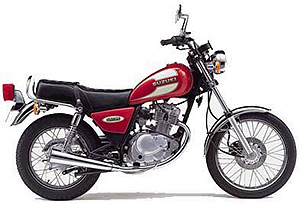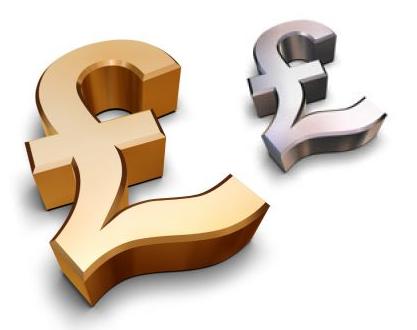
| Full Licence Training | ||
| We can train you to test standard on 125cc motorcycles or on automatics. Using our bike or yours via pursuit riding in radio communication for safety.Once you've passed your test you can ride a larger bike up to 33bhp (25kw). Then after two years your licence automatically becomes unrestricted and you can then ride any size of motorcycle. |  |
|
| Course Prices | ||
 |
4 Day £569 5 Day £669 Extra Days £160
|
|
Motorcycle Full Licence practical test explained
Module one
Your driving licence with the correct provisional entitlement - both
the photocard and counterpart document or a valid UK passport to support
a paper licence. Module one includes the following specified manoeuvres and generally takes around 20 minutes to complete: Wheeling the machine and using the stand. Module two
Module two is the on-road module and typically takes around 40 minutes. This module includes the eyesight test, the safety and balance questions and the road riding element that will cover a variety of road and traffic conditions. You’ll be asked to carry out normal stops, an angle start (pulling out from behind a parked vehicle) and, where possible, a hill start. The examiner will normally follow you on a motorcycle, using a radio to give you directions. Your test result
At the end of module two, the examiner will tell you whether you have passed or failed and you can ask for feedback on how you did. If you fail either module, you should ask the examiner for feedback to help you prepare for your next test. Your driving test report will identify areas where any mistakes were made. If you pass both modules, the examiner will explain to you how to change your provisional licence into a full licence. Or he will process the new licence for you. |
||
| What's
the main reason for failing module 2? Observation at junctions-Ineffective observation and
judgement - Not making effective observations and poor judgment when
emerging out of side roads. Use of mirrors-Not checking or not acting as per situation.
Incorrect use of signals-Not cancelling or giving
misleading signals. Moving away safely-Ineffective observation - Failure
to move away correctly from stationary positions. Incorrect positioning-At roundabouts or bends, Incorrect road position, usually on bends, and poor lane discipline on roundabouts.
|
 |
|
| DSA MOTORCYCLE TEST VIDEO | ||

